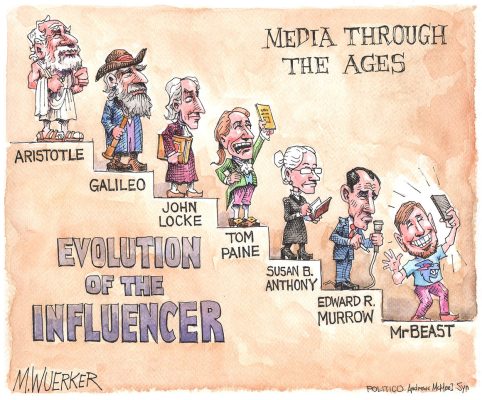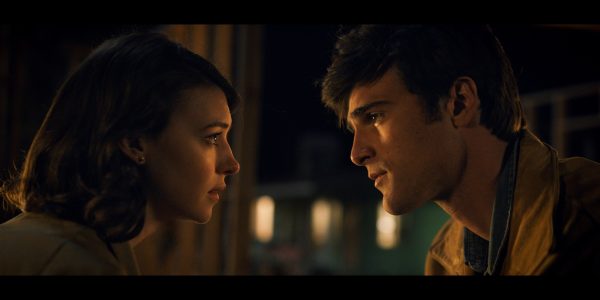By Kit Bobko and Michael DiVirgilio
Over the past two weeks Hermosa Beach residents have begun digesting news of the Macpherson settlement. Naturally, after nearly 15-years and more than $4 million of no-holds-barred litigation, there are many questions about the details, such as, “Why did this occur so quickly?” or “Why settle now?” or “Why not ride out the trial?” We thought it important to answer those questions as best we could, and to quash the rumors and misinformation we’ve heard circulating in the community.
While we strive to fill in details and address new questions that develop — we also ask you for patience. We’re not asking that you dismiss your questions or concerns or doubts, but only that you not leap to conclusions before getting all the facts. As part of this effort, we’ve established a City Council sub-committee of our Mayor and Mayor – Pro Tempore to educate the community on the settlement and to address issues as they arise going-forward.
One of the greatest challenges for the City has always been to effectively communicate with the public about the details of the litigation without compromising the City’s legal defenses or showing our hand to the other side. The City enjoys the same attorney-client and litigation privileges that any individual or corporation has, for the same good reasons. The City, and the public, would be at a pronounced disadvantage if it had to conduct its litigation and settlement discussions in public.
As you probably know, the Macpherson settlement included three transactions. First, a new firm, E&B Natural Resources paid the Macpherson Oil Company $30 million. Macpherson, in turn, assigned E&B all of its rights and privileges to drill for oil in Hermosa Beach and dismissed its lawsuit against the City. In exchange for that payment and the subsequent dismissal, the City committed to place a measure on a future ballot that would allow the community to decide if it wants to repeal the current ban on oil drilling. If the measure passes, the City will reimburse E&B $3.5 million of the $30 million from royalties it will earn from the project. If the measure does not pass, the City must repay E&B $17.5 million.
Some might ask why the City didn’t take its chances at a trial with a sympathetic jury that would naturally side with us against society’s villain du jour – an oil company. This is a partial and romanticized view of our case, and our research with “mock juries” showed otherwise. (“Mock juries” are assembled by professional firms from the LA County juror pool. They are just like a real jury, and give the trial team a chance to run through a dress rehearsal of their case before they start trial.) Our research revealed it was just as likely we would escape with a judgment against us in the tens-of-millions as it was that we would get a judgment against us in the $100’s of millions.
There are a number of reasons for this, the primary one likely being that Macpherson’s case was simply understood and easily explained. Simplicity can be a huge advantage at trial. To the contrary, our defense required 20 minutes (assuming you were paying attention,) with expert opinions, complex legal theories, and the necessity for follow up questions. Add to the mix our knowledge that juries were likely to enter verdicts against us that were anywhere from merely crippling to the financial equivalent of a neutron bomb, and the desire to avoid the risks inherent to a jury trial become even more apparent.
Further, if there had been a trial and a judgment against the City it would have become much harder to negotiate, and incredibly more expensive. This is a lesson we recently learned after losing the tattoo case in the Ninth Circuit Court of Appeals.
A Real Settlement continued on Page 2









